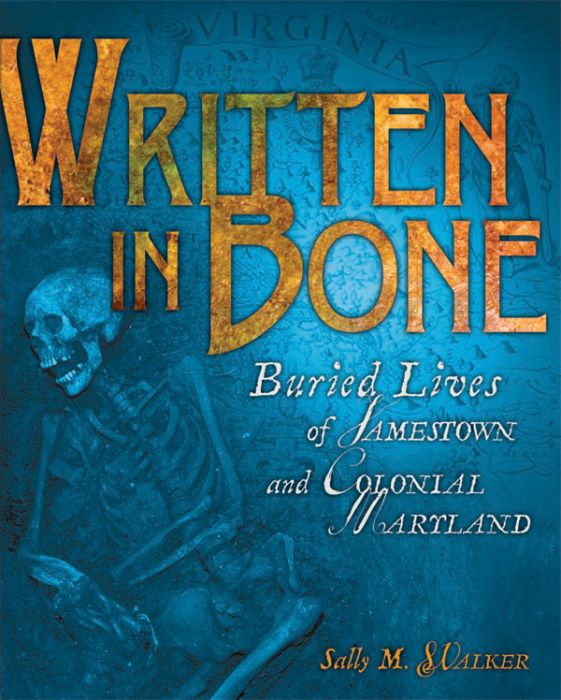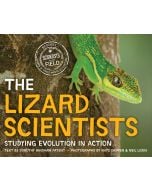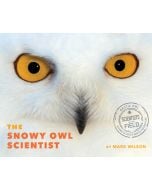
Written in Bone: Buried Lives of Jamestown and Colonial Maryland
Series Exceptional Science Titles for Intermediate Grades By Sally M. Walker
Publisher
Carolrhoda
Imprint
Carolrhoda Books
ISBN
Series Exceptional Science Titles for Intermediate Grades By Sally M. Walker
9780822571353
Awards and Honors 2010 YALSA Excellence in Nonfiction Finalist; 2010 NCTE Orbis Pictus Award for Outstanding Nonfiction for Children, Recommended Book; 2010 ALA Notable Children’s Books, OlderReaders; ALA Top Ten Best Books for Young Adults 2010; NCSS Notable Social Studies Trade Books for Young People 2010, History/Life & Culture in the Americas: Kirkus Reviews Best Children’s Books of 2009Written in Bone: Buried Lives of Jamestown and Colonial Maryland
 9
9
Out of stock
SKU
9780822571353J
How do forensic anthropologists examining colonial-era skeletons determine that one is the remains of a fourteen-year-old boy who was shot by an arrow, that another is a respected English trader, and that a third is an indentured servant who died of suspicious causes? Here is a look into how scientists use forensic evidence and historical records to identify the remains of people that have been buried in the Chesapeake region for hundreds of years. Source notes. Time line. Selected blibliography. Further reading. Index. Map. Charts. Diagrams. Full-color photographs and reproductions. A 2010 ALA Notable Children's Book.
|
Standard MARC Records Cover Art |
Nonfiction Middle Grades 5-8)
Nonfiction Middle
Nonfiction Middle Grades 5-8)
For Grades 5-8
Knowledge is power, and this category embodies that principle. Featuring 12 carefully selected nonfiction books, the collection spans autobiographies, anthropological studies, and more—making it perfect for research, classroom enrichment, and independent exploration. Some selections may explore identity, relationships, and real-world challenges, including LGBTQIA+ themes, moderate language, social issues, and other sensitive topics.
12 books per Year
$256.56 per Year
Interests
Biographies, History, Nonfiction, Science/STEAM
Other books in the series
-
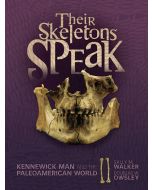 Their Skeletons Speak: Kennewick Man and the Paleoamerican World
Their Skeletons Speak: Kennewick Man and the Paleoamerican WorldAdvanced Readers Plus
October 2012
 5
5
-
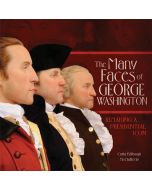 The Many Faces of George Washington: Remaking a Presidential Icon
The Many Faces of George Washington: Remaking a Presidential IconAdvanced Readers Plus
April 2011
 20.95
20.95

